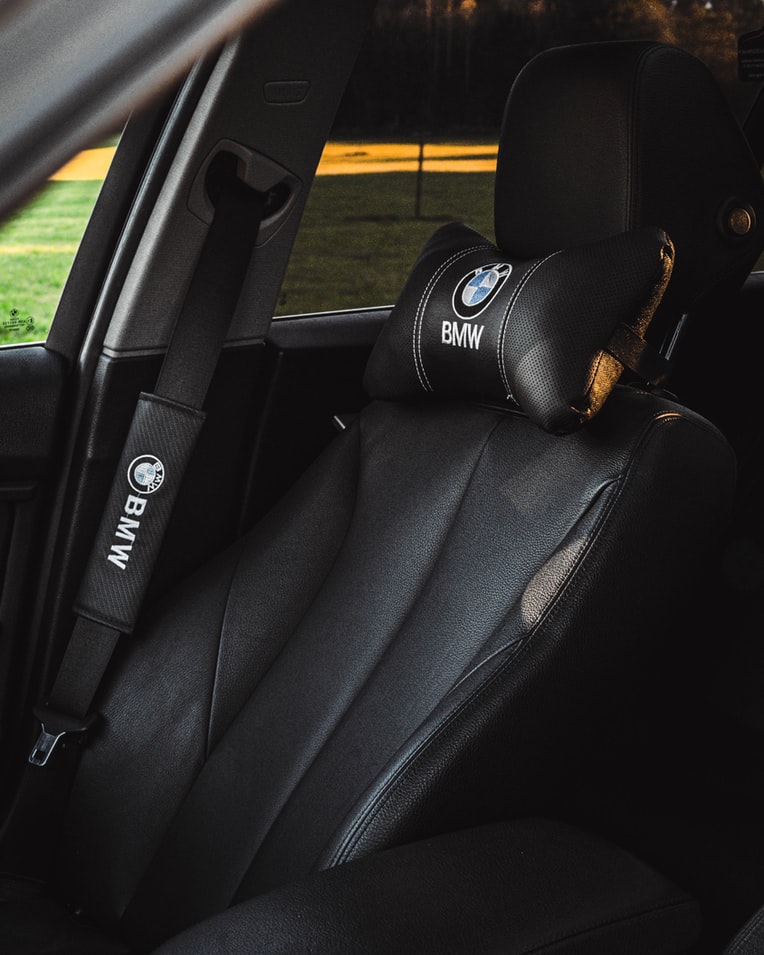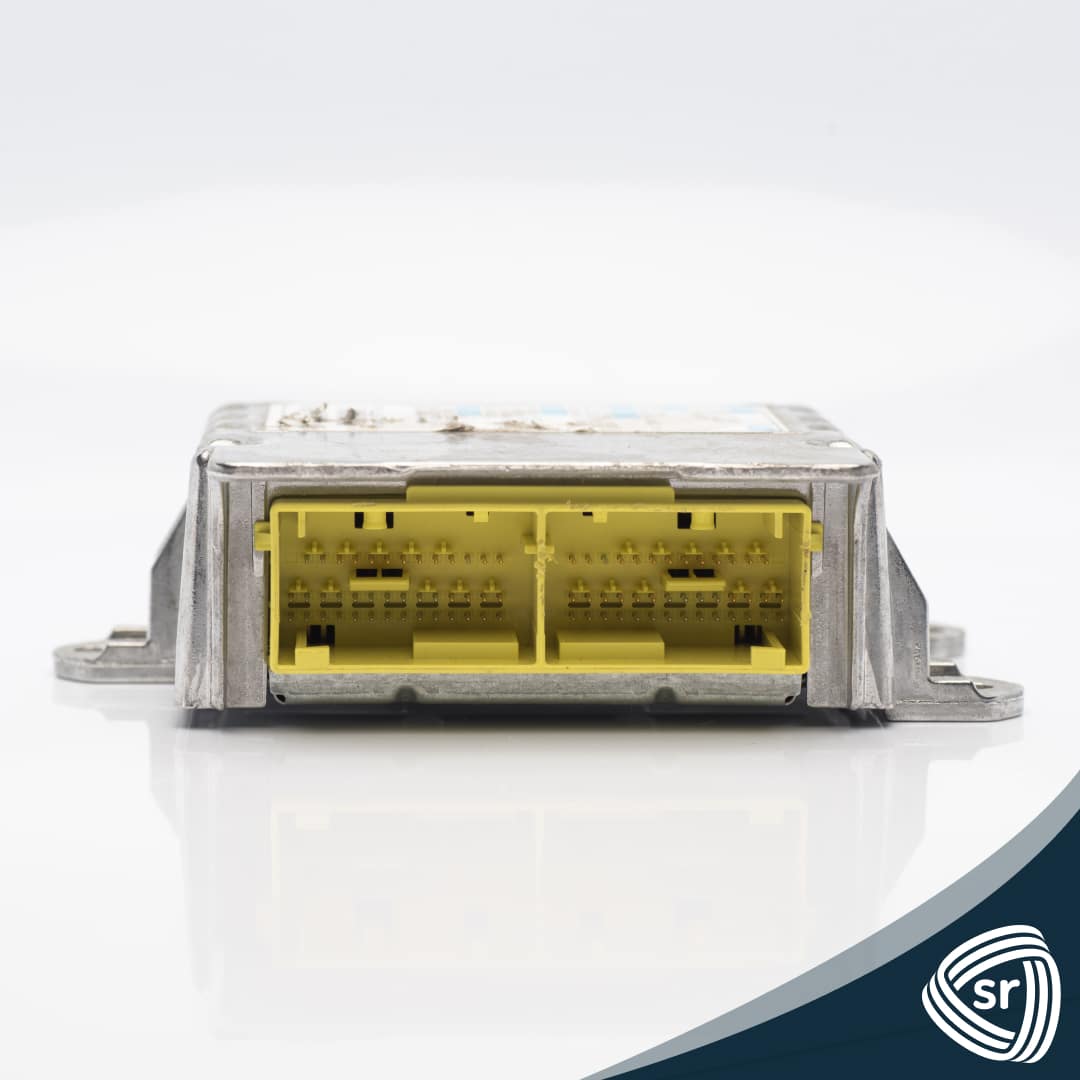Whatever type of vehicle you may have, one of its most important parts is the seat belt. It seems like such a simple part of the car, but it’s a complex piece of hardware that can be a lifesaver. If you’re in need of seat belt replacement or repairs, it could do you well to know all about how they work. This way, you can make an informed decision when getting a new seat belt for your needs.
Seat Belt Parts
To really understand how a seat belt works, it’s important to get familiar with each of its main parts. The following components should be present with generally any model, both old and new.
1 – Webbing
This component is composed of straps that go over your shoulder and waist. It’s the part that drivers and passengers alike are most accustomed to since it goes over the body. Properly constructed webbing should provide enough stability to keep the wearer in place but still be flexible enough to give room in the event of great force. It should not be a source of more force but instead a comfortable safety net.
2 – Tongue
Not to be confused with the buckle, the tongue is what connects the webbing to the latch. You’ll see it as the metal plate that looks like an appendage that connects to the buckle slot and locks in place. The name comes from how the plate has a tongue-like shape.
3 – Buckle
Without this part of the whole system, the seat belt would not be functional. Some people try to do a makeshift solution by just tying their strap, but that practice is problematic because it doesn’t provide the right amount of security and stability. The buckle is the latch that the tongue connects to, and it should have a functional button that acts as a quick-release to lock and unlock as necessary.
Proper Seat Belt Usage
A seat belt cannot serve its full purpose if it’s misused. Too many people actually have an improper way of wearing their seat belt because it becomes easily overlooked by them. Make sure you know some essential instructions for wearing a seat belt.
- Make sure your seat is in the proper upright position.
- Your seat belt should not feel like it’s restraining you to the point that you can’t move.
- Your seat belt webbing should go over your shoulder like a strap. Do not let it go around the neck area.
- The lower section of a seat belt should wrap around the waist, near the pelvis. If it’s resting on your stomach, it’s too high.
- Seat belts should rest flat in the direction that they are oriented. If your seat belt straps are twisted up, and not be twisted up.
Conclusion
It’s a good idea to carry some knowledge on these parts so that you know what you’re dealing with when getting seat belt repairs. This should help you make more informed decisions moving forward. At the very least, you’ll have a few more interesting facts under your belt.
If you’re looking for seat belt repairs and replacement services, make sure to check out Safety Restore. We are the world’s leader in post-accident restorations for seat belts and airbag modules.


